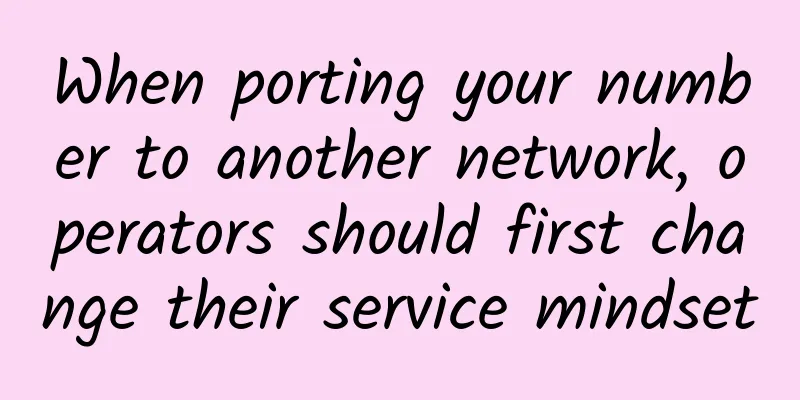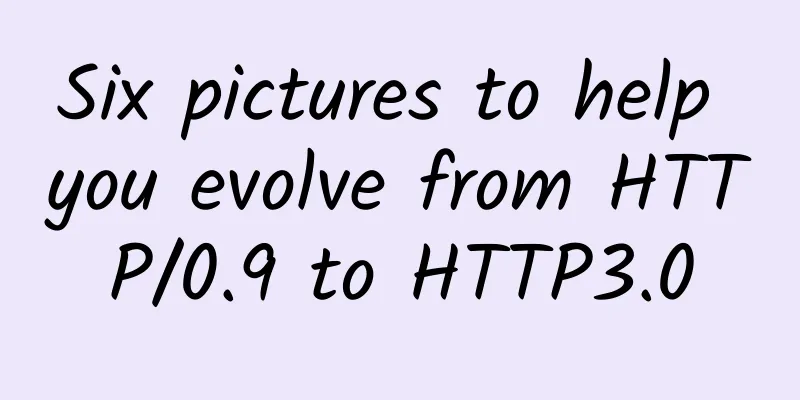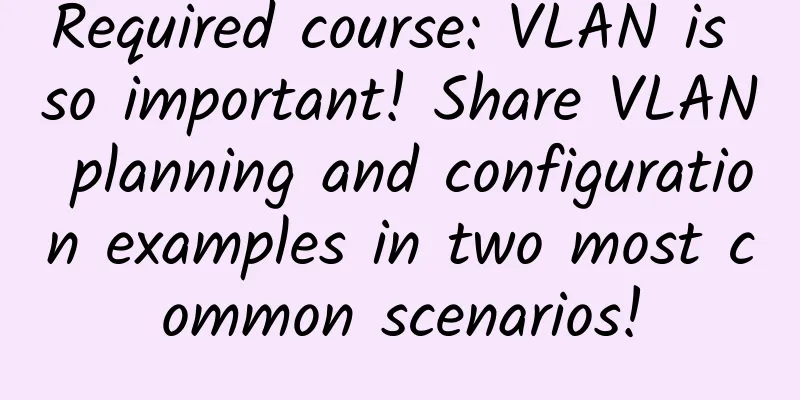Do you really understand hybrid cloud? Dive into the cloud and look at some confusing cloud computing concepts

|
[51CTO.com original article] Cloud computing is gradually entering the deep waters, and traditional public and private clouds have exposed certain limitations, so hybrid cloud seems to have become the object of users' favor. According to a survey conducted by market analysis company RightScale on more than 1,000 corporate users of various sizes around the world, the utilization rate of hybrid cloud increased from 58% to 71% in 2016 compared with 2015, and 82% of the companies surveyed have hybrid cloud strategies. However, Lao Yang found in his contacts with some users that many users still have many questions about the concept of cloud computing, including hybrid cloud, and some related issues about cloud computing. There are also some misunderstandings that are worth clarifying. This week, while participating in the "F***gility Summit Forum", Lao Yang met his old friend, technical expert Zhang Zhenlun, and discussed these topics. - Mr. Zhang Zhenlun is an enterprise-level IT technical expert who has been in the industry for more than 20 years. He is quite experienced in cloud computing architecture and security, virtualization, application delivery, storage and other fields. More than a year ago, Lao Yang and Zhang Zhenlun also had a very interesting discussion on the topic of cloud computing. Interested readers can refer to "Editor-in-Chief Afternoon Tea: A Discussion on Cloud Architecture of Siheyuan and Buildings".
“Cloud+” or “+Cloud”: A simple yet complex question Enterprise architecture will gradually migrate to cloud platforms. This trend is clear to everyone, but it is obviously a long process. However, how to achieve this process? Zhang Zhenlun introduced that there are two modes: "cloud +" and "+ cloud": The so-called "Cloud +" means that there is already a cloud platform, and then on this basis, more cloud applications are gradually added, such as DevOps and Docker technologies, to form the so-called Cloud 1.0, Cloud 3.0... and other concepts. The so-called "+ cloud" is a completely different solution. Many traditional data centers have been running for decades and cannot be quickly migrated to the cloud. In this case, for some systems that are suitable for use on the cloud platform, technologies such as Docker are used to form a cloud module for this part, and it is interconnected with the original system - this is the traditional way of "+" cloud platform. Once the main applications are formed into modules and deployed in the cloud, they are naturally migrated to the cloud platform. Obviously, the above two solutions are very different, but they also have the same goal. The two methods are suitable for very different objects, and enterprises should treat them with caution. For enterprises that already have mature applications in operation, they often choose the "+ cloud" method, which may take a long time, but is safer; while for Internet companies, they often adopt the "cloud +" method, which is quickly deployed and gradually iterated. Multi-cloud and cross-cloud: Each cloud platform has its own advantages. Can we choose both? In addition to the overall migration plan, many users often get stuck in choosing which cloud technology and platform to use. Let's talk about a few mainstream cloud platforms: AWS is the leader in the global market, with strong overall standardization and balance; Alibaba Cloud is a local veteran cloud vendor, and its affordability is definitely the best; Huawei Cloud has outstanding industry customization and security features; Microsoft Azure is seamlessly integrated with the original internal enterprise applications; in addition, there are cloud services from IBM and Google, each of which has its own obvious advantages... When faced with a difficult choice, a natural choice for users is to choose the application that is suitable for them. For example, the local portal can be placed on Alibaba Cloud, global supplier management can be done on AWS, and the internal office cloud platform can be Microsoft Azure... But this raises a rather serious question: Can different cloud platforms communicate with each other? In other words, can the "cross-cloud" problem be solved? Zhang Zhenlun introduced that this problem is indeed a bit tricky, but judging from the current trend, various cloud platforms have opened corresponding interfaces and this problem has been basically solved. For example, F5 has launched the App Connector connector, which completely solves the cross-cloud problem. In fact, solving the cross-cloud problem is far more than just about connection itself. In fact, once this problem is solved smoothly, it will directly promote the healthy development of the entire cloud ecosystem. Let's imagine two situations: one is that each cloud platform has its own rules and management tools, and they cannot connect to each other for unified management; the other is that each cloud platform is open, and there is more than one tool that can manage all cloud platforms in a unified way. Which situation will promote the healthy development of the entire cloud platform ecosystem? The answer is self-evident. Therefore, we should welcome and encourage all cloud platform companies to join this open ecosystem. Only in this way can users freely choose cloud platforms according to their needs, and then quickly deliver application value... This is the best path for the rapid development of cloud platforms. Evaluation criteria: What kind of cloud solution can provide the best value to users? After years of market education and application promotion, many users have realized that the value of cloud platforms is not just about saving costs - it may even cost more. So, what factors should be paid attention to in cloud solutions? How to evaluate whether the solution is suitable for you? Zhang Zhenlun gave his suggestions. First of all, the important value of cloud platforms is speed. This speed has two meanings. One is fast deployment. From the proposal of application requirements to deployment, the deployment speed of cloud technology is undoubtedly much faster than that of traditional data center solutions, because there are many functions and modules that can be used directly. The second is high application performance and fast access, because cloud platforms already have mature solutions in application and performance optimization. The second criterion is intelligence. The popularity of artificial intelligence in the past two years has actually reflected the huge demand for intelligent networks and applications. In the intelligent management of cloud platforms, although it is not yet at the stage of artificial intelligence, many intelligent management methods have emerged. For example, based on big data analysis of traffic, equipment problems and potential risks can be predicted, thereby reducing management pressure and improving comprehensive performance such as the possibility of application. The third criterion is, of course, security. This issue is often mentioned, but it still does not receive enough attention. In fact, a mature cloud platform solution can already provide more comprehensive security protection overall, because everything from the underlying data connection to the application level is in the cloud, so the solution provider can give the data and application a full perspective similar to an X-ray inspection. In this case, no matter whether it is abnormal traffic or disguised malicious code, it will be exposed, and security can be greatly improved. In short, Zhang Zhenlun concluded that a good cloud solution should free users from the burden and pressure of infrastructure management, so that they can devote more energy to specific business. Lao Yang also agrees with this conclusion. [51CTO original article, please indicate the original author and source as 51CTO.com when reprinting on partner sites] |
<<: 5G Era: Say Goodbye to TCP/IP
>>: Beware of walls! Can Wi-Fi become a paparazzi and also a holographic image?
Recommend
Explore the unlimited potential of 5G technology
Information technology experts and economists hav...
129 apps were notified for illegally collecting and using personal information
[[405305]] According to the "China Internet ...
The 5G standard is here, when will the licenses and mobile phones arrive?
Just a few days ago, the plenary session of the i...
5G keeps refreshing the timetable and the three major operators have finalized the roadmap!
5G has been constantly updating its timetable rec...
VMISS adds 30% off on Tokyo data center in Japan, and monthly VPS in Los Angeles CN2 GIA/AS9929/Hong Kong/Korea/Japan starts from 3.5 Canadian dollars
VMISS recently added a second node in Japan, Toky...
Eight major IT disasters in 2024
Like most years, 2024 has seen a series of IT dis...
5G and IoT bring big data boom
When interest in Hadoop began a few years ago, WA...
Interrupt or poll? It's so troublesome to get a data packet!
New employees in the network department My name i...
5G has no presence? Wrong! It has already "bloomed in many places"
5G has been commercially used in my country for a...
Huawei's "Government Cloud China Tour" has a unique scenery in Shaanxi
In June, people from all over the world gathered ...
5G connectivity enables smart substations
[[423089]] Smart substations will be installed be...
DesiVPS: San Jose 1Gbps unlimited traffic VPS starting at $17 per year, 3 free IP changes per year, optional 10Gbps bandwidth
DesiVPS, an Indian hosting company, is headquarte...
5G is not yet popular, but 6G patents are already the world's first, and the 6G war has already begun
5G has been promoted for a long time, but it has ...
Detailed explanation of SSL protocol communication process and symmetric encryption and asymmetric encryption in HTTPS
[[276508]] Symmetric encryption The so-called sym...
Evolution of network automation to network intelligence
In the process of industrial digitalization, Inte...









